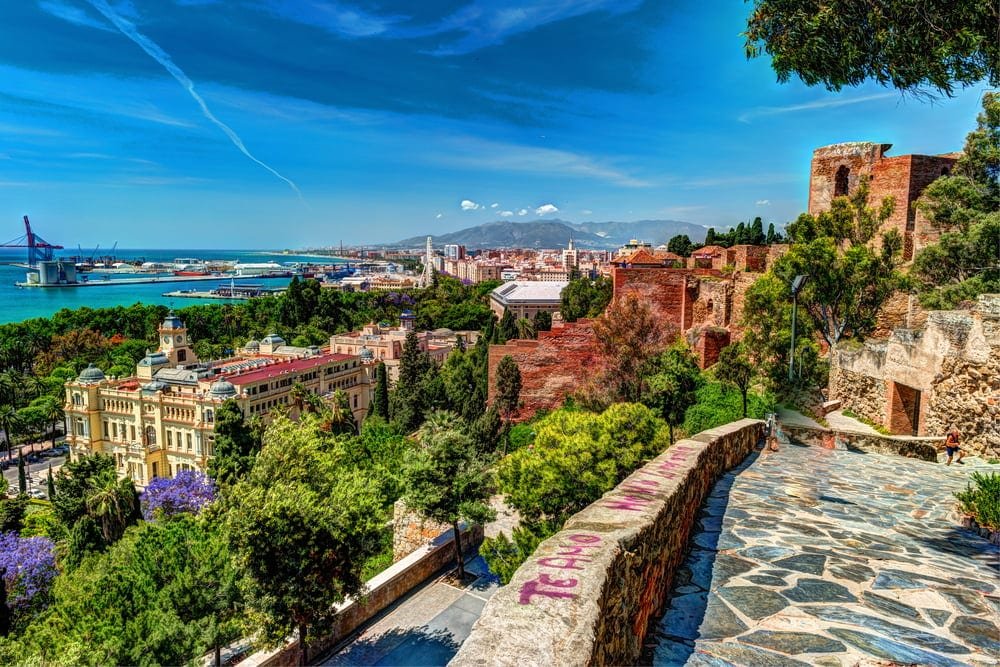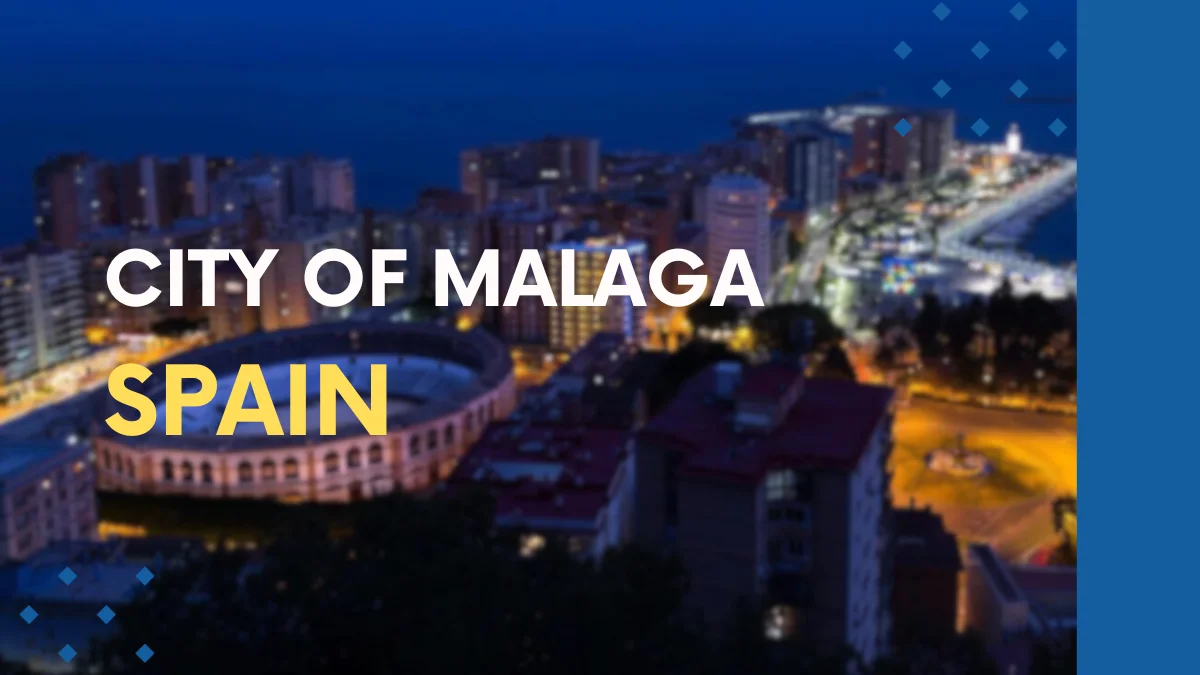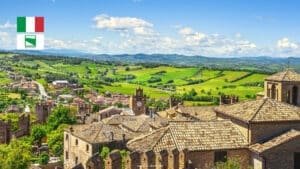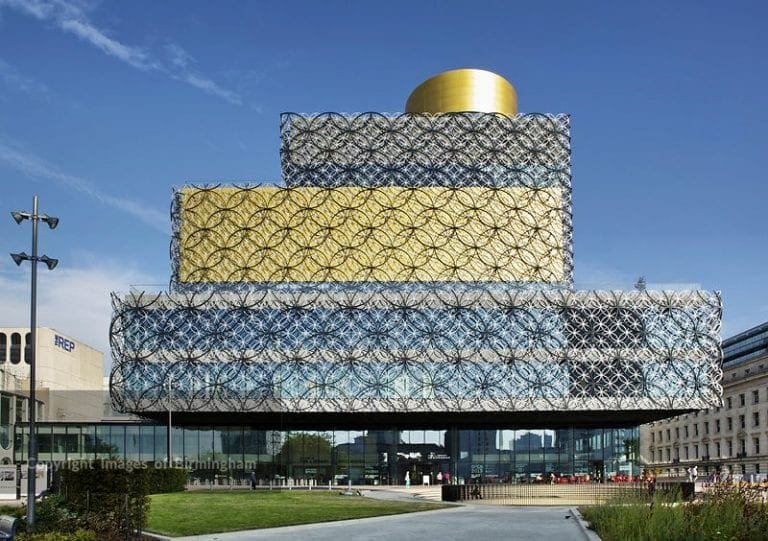Málaga is a port city located in the southern part of Spain, on the Costa del Sol, it’s the sixth largest city in Spain and Europe’s largest southernmost city, it’s a port city that was once known as the poor cousin of Seville, however over the years the city had a massive expansion to give it a cultural rebirth, and the port city now has amazing monuments, cuisines with beautiful golden-yellow sand beaches.
Brief History of Malaga
Málaga boasts a rich history that spans approximately 2,800 years, positioning it as one of Western Europe’s oldest continuously inhabited cities. Scholars generally attribute its foundation to around 770 BC when the Phoenicians from Tyre established it as Malaka. From the 6th century BC onwards, Málaga fell under the influence of Ancient Carthage. By 218 BC, it came under Roman rule, experiencing economic prosperity primarily due to the production of garum.
During the 8th century, following periods of Visigothic and Byzantine governance, Málaga became subject to Islamic rule. The city witnessed significant changes in 1487 when the Crown of Castile seized control during the Granada War. In the 19th century, Málaga underwent a notable phase of industrialization, followed by a decline in various socioeconomic parameters during the latter part of the century.

Facts about Malaga
- Málaga is the birthplace of the famous artist Pablo Picasso. The Picasso Museum in the city showcases a significant collection of his works, providing insights into his artistic journey.
- The city has a long history, with its roots dating back over 2,800 years. It has been influenced by various civilizations, including the Phoenicians, Romans, Moors, and Christians.
- The Alcazaba of Málaga is a well-preserved Moorish fortress built in the 11th century. It is one of the best-preserved examples of its kind in Spain and offers panoramic views of the city and the Mediterranean Sea.
- Malaga is one of the world’s oldest cities it was founded by the Phoenicians back in 770 BC, and had a slightly different name; Malaka.
- Malaga enjoys an average of 300 days of sunshine and only 50 days of rain each year due to its location.
Economy
Málaga stands as the fourth-ranking city in economic activity within Spain, following Madrid, Barcelona, and Valencia. The city’s economic landscape is diverse, with key sectors driving its prosperity.
Málaga has strategically positioned itself as a hub for technology services, with the Andalusia Technology Park leading the charge. Since its inauguration in 1992, the PTA has experienced substantial growth, employing over 16,774 workers in 2018. This high-tech, science, and industrial park underscores Málaga’s commitment to innovation and technological advancement.
Málaga has emerged as a vibrant hub for tourism, contributing significantly to its economic vitality. The city’s rich cultural offerings, bolstered by attractions like the Picasso Museum, the Contemporary Art Centre, and the Trade Fair and Congress, continue to draw a growing number of visitors.
Places to visit
Málaga has become a popular tourist destination, attracting visitors with its historic sites, cultural attractions, and Mediterranean charm.
- Alcazaba and Gibralfaro
- Picasso Museum
- Malagueta Bullring
- Playa de la Malagueta
- Cathedral of Málaga
- Atarazanas Market
- Port of Malaga
- Roman Theatre
You can view the city in 360 degrees: 360.visitacostadelsol.com
Location
Malaga, Spain
Latitude:36.719646° / Longitude:-4.420019°








